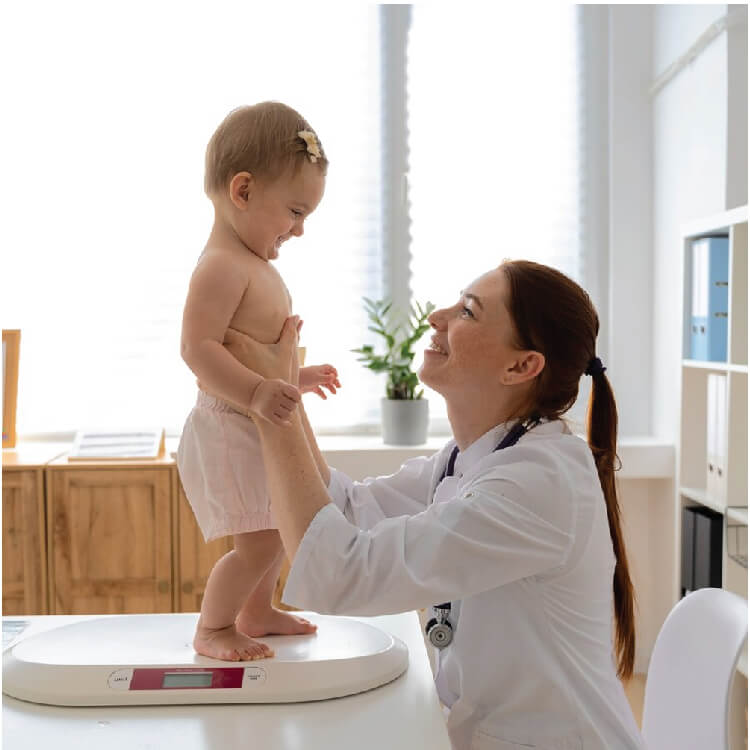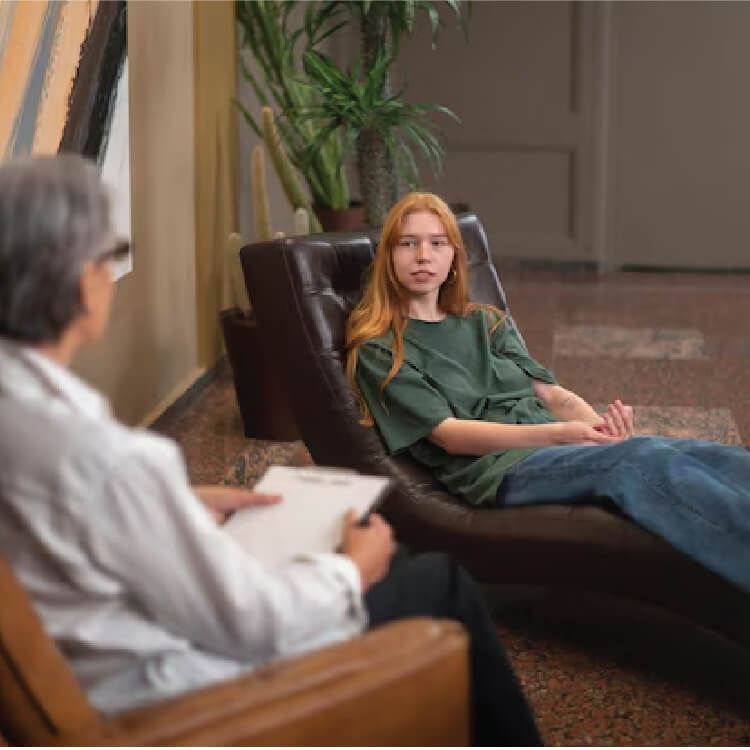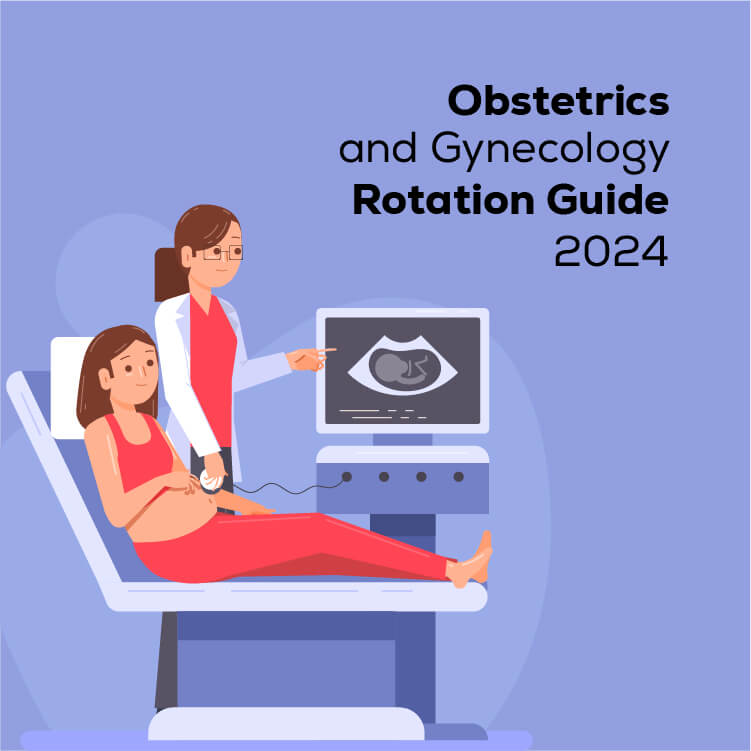
As most experts say that gaining practical experience is the most crucial step on one’s way to become a competent doctor. In this blog, we will learn about the medical residency and the perks and quirks of choosing to do a residency in the United States along with the step-by-step process to apply for it. To start off, medical residency is the training that medical school graduates take under the supervision of professionals in specialized fields. Working in challenging healthcare settings under guided supervision provides the basic skills, knowledge, and the confidence to work in the field.
Why do a residency in the U.S.?
Here are a couple of reasons that will help you decide to pursue a residency in the United States:
- Working under experienced professionals in international healthcare setups will give you the experience to work more flexibly.
- The international exposure will add up to the resume and will return in the form of a better wage later on.
- Having access to the state-of-the-art technology that is being used in the United States healthcare system will allow the graduates to have hands-on experience with hi-tech medical devices.
- A range of unique programs are offered at world-class facilities for graduates to pick and choose from.
How to apply?
1. Bring in good grades
A fine academic performance throughout your medical educational history will add up to your journey to the US residency. It is not easy to secure a suitable program if one has a weak educational background. Moreover, good grades are an indication that the individual is hard working and has a solid foundation.
2. USMLE Step 1
The USMLE Step 1 and Step 2 (CK) exams are one of the examination requirements for ECFMG Certification. Step 1 is based on the assessment of learning the basics of medical sciences and their applications in practical scenarios.
3. Clinical electives in the US
Starting your clinical elective in the US can give you first-hand experience to learn about diverse patient case histories and perform a physical examination under the supervision of a trained physician. Here at USDoctors, we provide you with a wide range of observerships, clerkships, and externships under the supervision of the best professionals in the service.
4. Take a clerkship, an externship, or an observership
Clerkships are required by the med schools and the credit gained during these clinical rotations add to the total credits granted at graduation. The graduates get to learn first-hand from the professionals and seniors in the field.
Externships allow med school graduates to have direct exposure to the patient and to work under professionals who can later comment directly on the applicant’s clinical proficiency.
Observerships, on the other hand, are taken by the applicants who have gaps in their clinical education or have skipped Step 1. Observerships are the second option for the applicants in case they are unable to secure the externships in their desired area and are not seeking clerkship credits towards their educational achievements.
5. Choose your specialty
Choosing a specialty can be hectic and confusing as there is always a chance that you might feel like your inner callings are not aligning with your chosen specialty. This is where we come to your service as the clinical rotations at USDoctors will play a big part in assisting you with choosing your specialty program.
Following tips and tricks will additionally help you finalize a specialty of your interest:
- Choose the one that goes well with the score that you have achieved on your medical college record.
- Look inside for your interests that would make you attain the experience effortlessly in the particular specialty of your choice.
- Shortlist your top three or top five specialties of interest as you get closer to finalizing one.
6. USMLE Step 2 CK
Step 2 CK evaluates an examinee’s capacity to apply clinical information and comprehension of clinical science fundamentals for the patient under observation. Step 2 CK guarantees that due consideration is dedicated to standards of clinical sciences and essential patient-focused learning of strategies and skills.
7. ECFMG Certification
The Educational Commission for Foreign Medical Graduates has set certain criteria and evaluates the credibility of IMGs who intend to join the U.S. healthcare system. The core requirements include the accreditation of the institute from which the IMG has graduated and filling up the ECFMG certification application.
8. ERAS Registration
The Electronic Residency Application Service assists medical graduates in finding the most suitable residency program for them. It is necessary to register for an ERAS token as early as June to submit a residency application for the program of your choosing, which you will then need to interview for and potentially rank for The Match in March.
9. Prepare for the interviews
Interviews are usually conducted by the practicing physicians in the residency program once it is determined that you meet the designated eligibility criteria. and helpful in choosing your desired specialty that goes well with your interests.
You can hope to be evaluated on:
- Compassion & Character
- Medical knowledge and clinical abilities
- The interest behind the particular field of specialization
- Compatibility with the program and other current residents
Head out to our website and Sign-up with us to get assistance with interview preparations.
10. NRMP / SOAP Match
NRMP is a program that sorts the applicants using a specialized algorithm and places them with a residency program that suits them the most based on their interviews and how graduates rank the programs they want to pursue.
The SOAP is a strategically designed system designed to offer residency positions to the applicants who have not matched at all but are eligible for the unfilled seats after The Match is announced in March.
Bonus tips & tricks
- Letters of Recommendation are highly weighted in your road towards a US residency. Experts suggest that you should request for an LOR from a professional who is in the same specialty as you wish to procure in the future. Allow time for a preceptor to prepare an LOR for you and follow up with them periodically. For more information on LORs, check out our blog about USDoctors guide to understanding LORs.
- Your Curriculum Vitae should be made in the most authentic way possible. It should not miss out on any educational or extra-curricular achievement that you have as it is the doorway to the information on your educational background.
- The Personal Statement must be originally written by the candidate and avoid leaving any grammatical or spelling mistakes unattended. The length of the personal statement should be about one page long and should be a personal representation of you. For more information on iInterview preparation and more tips regarding U.S. Residency, watch the video on The Art of Residency Interviews.
After the submission of the application, you may be contacted to attend residency program interviews. The interviews are generally conducted by the professionals assisting those residency programs followed by meetings and sessions with the physicians, senior residents, and program directors. For more tips on how to achieve a residency as an IMG, watch the webinar on Road to U.S. Residency.Have more questions? Our team is here to guide you further through your journey! Reach out to us at info@usdoctors.co or visit us at USDoctors.co.



